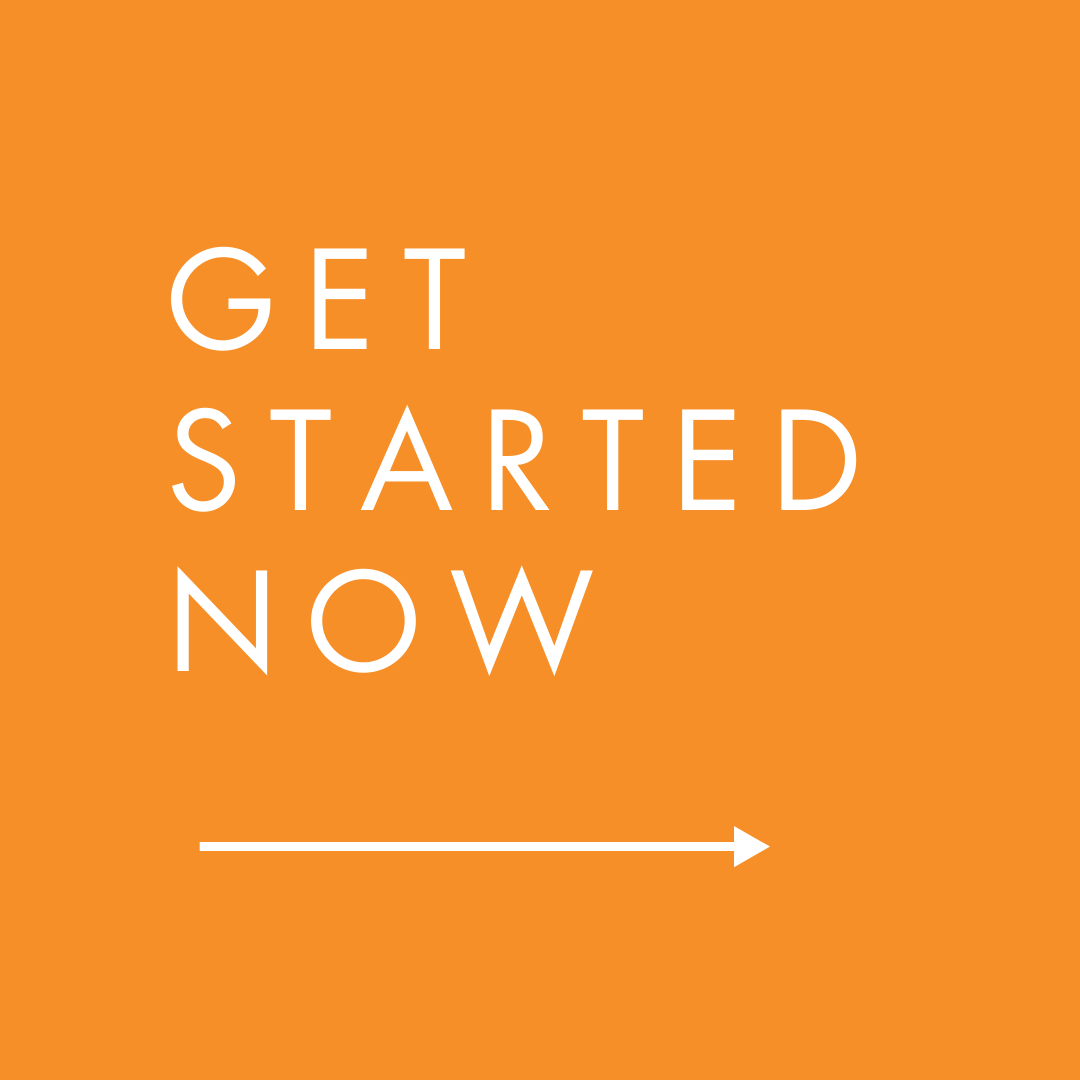What Yale’s Class of 2029 Reveals About a Changing Ivy
You’ve seen the headlines: Yale admits just 4.59% of applicants this year. But here’s the thing—behind every stat is a story. If Yale is more than a dream for you—if you can already picture yourself walking through the Gothic arches, debating ideas over coffee at Blue State, or diving into Directed Studies—then this post is for you.
Because the best way to prepare for your own Yale application? Start by understanding who got in this year—and what that reveals about what Yale values most.
The Stats (Let’s Get Them Out of the Way)
Yale received 50,227 applications for the Class of 2029—the third-largest pool in the university’s history. Of those:
2,308 students were admitted
– 728 through Single-Choice Early Action
– 66 through QuestBridge National College Match
– The remainder through Regular Decision
That’s a 4.59% acceptance rate. An additional 943 students were offered a spot on the waitlist.
These numbers aren’t just steep—they’re instructive. They help clarify how selective the process is and why every part of your application matters.
What Made the Class of 2029 Stand Out—and What You Should Know If You’re Applying
This year, Yale introduced several key shifts in its admissions process that directly shaped who applied—and who got in.
First, standardized testing is back. After four years of a test-optional policy, applicants were again required to submit scores—but with flexibility. Students could choose from SAT, ACT, AP, or IB scores. Those submitting AP or IB had to include all subject exams. While the format offers choice, it adds strategy. Notably, early and international applications dipped slightly—likely in response to this change.
Second, Yale is expanding. The university increased its incoming class size by about 100 students, bringing the target to 1,650. It’s a modest shift, but one that signals a broader commitment to access. As Dean Jeremiah Quinlan put it, the goal is to “magnify Yale’s impact” by opening doors to more students.
Finally, this was the second year of race-neutral admissions following the Supreme Court ruling. Last year’s Class of 2028 saw stable Black and Latine enrollment and a slight dip in Asian American representation. While this year’s data is still forthcoming, what’s clear is that students must approach applications with greater intention, clarity, and authenticity.
Applying to Yale? Here’s What Matters
Single-Choice Early Action offers a distinct edge. For the Class of 2029, Yale received 6,729 early action applications and admitted 728 students, resulting in a 10.82% acceptance rate—more than double the overall rate of 4.59%. SCEA is non-binding but restrictive, meaning you can’t apply early to other private colleges. That exclusivity allows you to demonstrate strong interest—something admissions officers take seriously. If Yale is your top choice and you’re prepared to submit a compelling application by November, applying early is not just smart—it’s strategic.
Testing strategy matters—especially this year. For the Class of 2029, Yale reinstated required testing, but in a flexible format: students could submit SAT, ACT, AP, or IB scores. If you choose to submit AP or IB results, Yale expects you to include all subject exam scores—not just the ones you did well on. This means your testing plan should be both thoughtful and realistic. Rather than chasing perfect scores, focus on building a balanced, strategic testing profile that highlights your strengths. At Ivy Link, we help students choose the right test path, build a customized prep timeline, and develop the testing confidence needed to perform under pressure. For most students, starting prep in the spring of junior year provides the best mix of time, energy, and academic alignment.
Your application should be a window into your mind. Strong grades and scores might open the door, but what gets you through it is how you think. Yale’s admissions officers are looking for students who are intellectually engaged—students who ask bold questions, make unexpected connections, and pursue ideas with real curiosity. That mindset should come through in every part of your application, especially your essays and activity list. Rather than trying to impress with a laundry list of achievements, focus on telling a cohesive story—one that shows what you care about, how you've grown, and where you want your curiosity to take you next.
What If You’re Waitlisted?
Being waitlisted at Yale is both an achievement and a call to action. Historically, movement off the waitlist is rare. For the Class of 2026, just 4 students were admitted from the 774 who accepted a spot—a 0.5% acceptance rate.
Still, there are ways to strengthen your position:
Confirm Your Interest Promptly: Accept your spot on the waitlist as soon as possible to show you're serious.
Send a Strong Letter of Continued Interest: This is your chance to update Yale on your latest accomplishments and reaffirm why the school remains your top choice.
Avoid Overcommunication: One well-crafted message is better than multiple follow-ups. Be strategic and respectful of their process.
At Ivy Link, we guide students through every step of the journey to top-tier schools like Yale—whether it’s building a strong academic profile, preparing for the SAT, ACT, or AP exams, or crafting essays that reflect your unique voice. And if you’ve been waitlisted, we specialize in helping students navigate that process with clarity—from strategizing next steps to refining communications with admissions. If you're dreaming big, we're here to help you apply smart.


